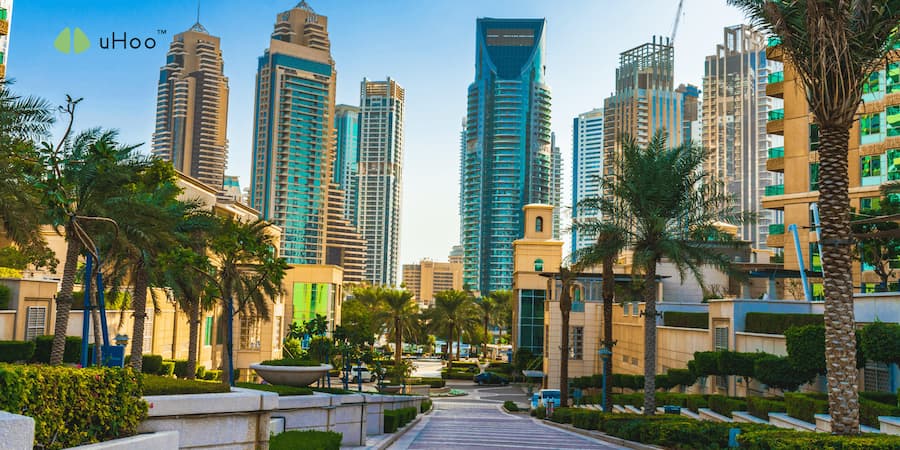In the dynamic real estate market, property owners are constantly looking for strategies to increase their asset’s worth. Beyond traditional renovations, adopting robust environmental standards has emerged as a powerful, future-forward way to improve property value. This approach to improve property value goes beyond aesthetics, focusing on performance, sustainability, and occupant well-being.
Here’s how to improve property value by embracing environmental standards:
- Seek Green Building Certifications: This is arguably the most impactful step to improve property value. Achieving recognized certifications like LEED, BERDE, or BREEAM provides third-party validation of your property’s environmental performance. These certifications signal to potential buyers and tenants that your building is energy-efficient, water-conserving, and provides a healthier indoor environment. Certified buildings consistently command higher sale prices and rental rates.
- Enhance Energy Efficiency: A building that uses less energy is inherently more valuable.
- Action: Upgrade to energy-efficient HVAC systems, install smart thermostats and controls, switch to LED lighting with occupancy sensors, and consider renewable energy sources like solar panels where feasible.
- Value Impact: Lower operational costs mean higher net operating income (NOI), making the property more attractive to investors. Tenants also benefit from reduced utility bills, increasing demand for your space.
- Prioritize Indoor Environmental Quality (IEQ): A healthy indoor environment is a huge draw for occupants.
- Action: Focus on superior ventilation, use low-VOC (Volatile Organic Compound) materials, ensure effective air filtration (e.g., MERV 13+ filters), manage humidity to prevent mold, and maximize natural light.
- Value Impact: Properties with excellent IEQ (often validated by health-focused certifications like WELL or Fitwel) attract top-tier corporate tenants and residents who prioritize health and productivity. This leads to higher occupancy, lower tenant turnover, and potentially premium rents.
- Implement Water Conservation Measures: Water scarcity is a growing concern, making efficient water use a valuable asset.
- Action: Install low-flow fixtures (toilets, faucets, showerheads), consider rainwater harvesting systems for irrigation or non-potable uses, and implement drought-resistant landscaping.
- Value Impact: Reduces utility costs, enhances the building’s resilience, and appeals to environmentally conscious buyers and tenants.
- Utilize Sustainable and Recycled Materials: The choice of building materials impacts both the environment and occupant health.
- Action: Opt for recycled content materials, rapidly renewable resources, locally sourced materials to reduce transportation impact, and materials free of harmful chemicals.
- Value Impact: Contributes to achieving green certifications, improves indoor air quality, and appeals to a growing market segment that values responsible sourcing.
- Adopt Smart Building Technologies: Technology can optimize environmental performance.
- Action: Integrate building management systems (BMS) that monitor and control energy, water, and air quality in real-time. Use sensors to track occupancy, lighting, and environmental parameters.
- Value Impact: Enhances operational efficiency, provides data for continuous improvement (and certification reporting), and offers occupants a more comfortable and responsive environment.
By strategically integrating these environmental standards, you not only contribute to a more sustainable future but also definitively improve property value, ensuring your asset remains competitive and highly desirable in the evolving real estate market. Let uHoo help you on your journey.



